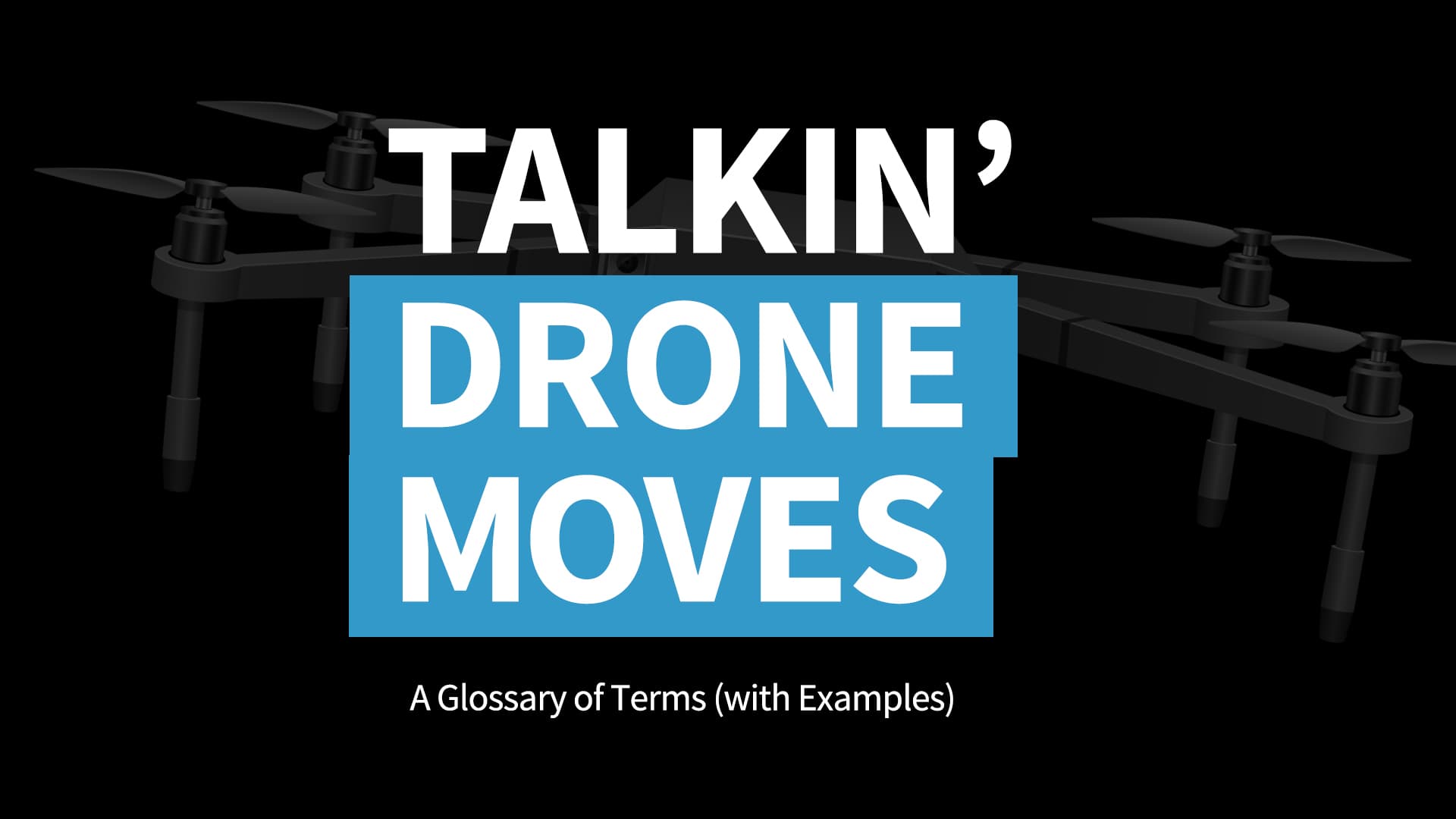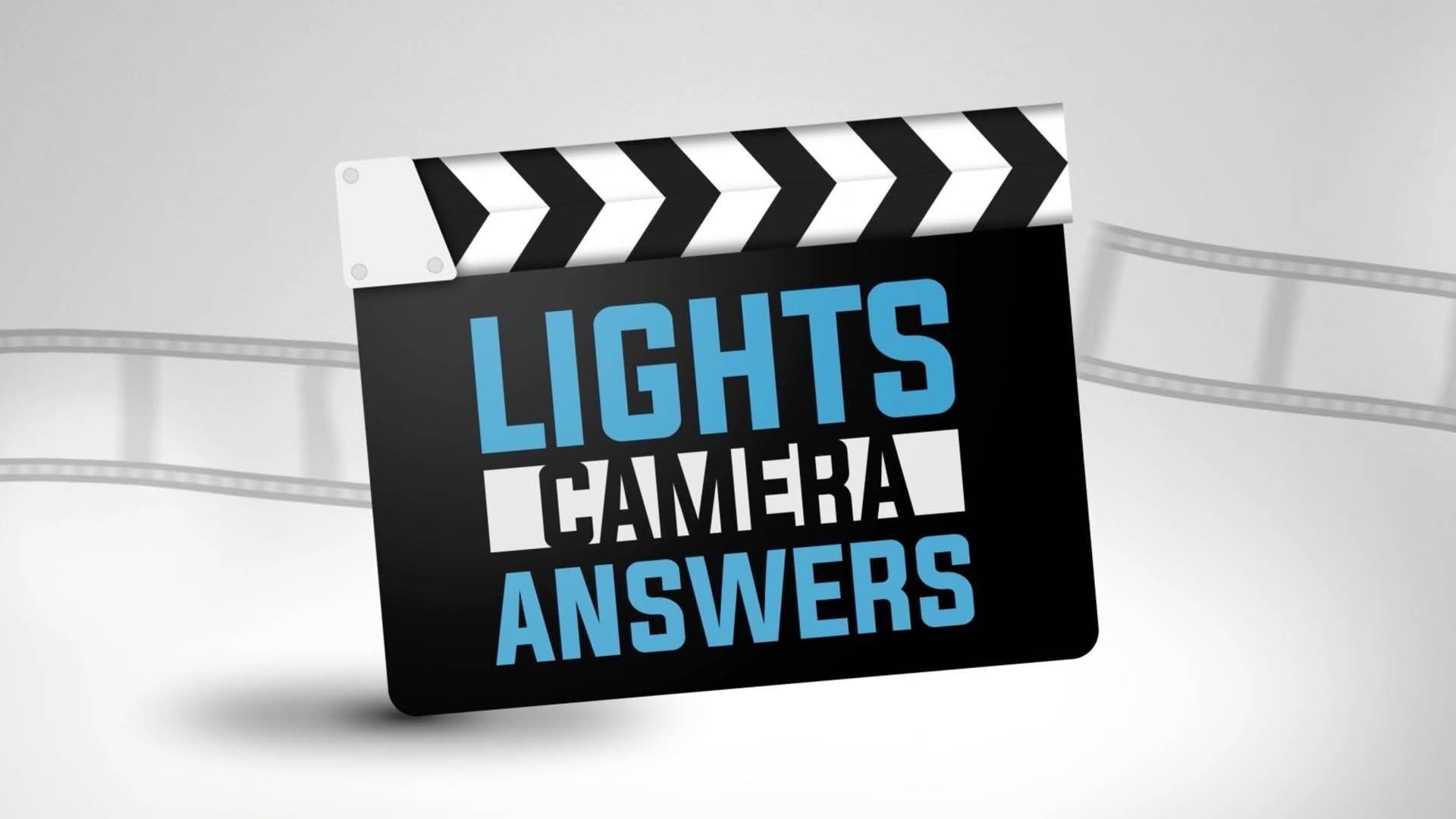Drone Shoots: What To Expect
Drone shoots are always an exciting idea, but there are a few things you need to be aware of before you can jump right into the action. When planning a drone shoot for commercial purposes there are several rules you must follow that we're set in place by the Federal Aviation Administration (FAA).
A few notable rules are as follows:
- You may not fly at night without permission from the FAA.
- You may not fly over people or major roadways without permission from the FAA.
- You may not fly in an airport's airspace without an airspace authorization from the FAA.
There is a whole book of more rules, but these three are the ones most likely to affect your shoot, so we would want to plan for them beforehand.
Getting Approvals
If your shoot content requires us to go against one fo those specific rules, say to fly at night, we will need to put in an authorization request with the FAA. As long as we describe our safety procedure and all precautions we are taking, we should get approved. This goes for the other two rules as well. Generally, as long as we describe our safety process and plans for flight, the FAA should grant us the authorization. But it is definitely important to keep these in mind when planning though. For instance, if you know your space is near an airport then you know we may need to apply for airspace authorization. And some of these authorizations can take up to a full month to receive, so the more notice you give us, the better! One last thing that should be taken care of during the planning process is a shot list! Obviously we will want to hear what you have in mind and we might add a few artsy shots as well, but it is always preferred to have this list before we arrive for the shoot.
The Shoot
Once we get through the planning phase, we can start talking about the shoot.
We will almost always have a 3-person crew on-site to operate our DJI Inspire 2 Dual-Operator Drone:
- The Pilot
- This person is in control of the aircraft itself. Any move you see the drone do was executed by this person and was communicated to the rest of the crew.
- The Camera Operator
- This person is in control of our 6k Raw camera controls during the flight. They control the iris, white balance, ISO and focus as well as the 3-axis gimbal that the camera is mounted on. They can keep the camera locked on your facility as we do a high speed fly by or whatever fun move we come up with!
- The Visual Observer
- This person is in charge of safety during the flight. They make sure that the drone is never over people or major roadways. They will always have their eye on the drone and will be relaying important positioning information back to the pilot.
These three people will be in constant communication via our wireless headsets. We often have a very large monitor for viewing our shots on site, the client is welcome to view the monitor and see all of the shots as they are captured. Our drone can fly for about 17 minutes at a time before we need to land and change batteries, so you get a good amount of time to see the subject of your shots during flight. This is nice because you may come up with more ideas for cool shots just based on what you see. Plus, while we are flying, we are charging our other batteries so that no matter how long the day, we can be constantly in the air. All in all, there is a lot to love about the drone process. It is a real team effort that allows everyone on the ground to see the shots, give notes and adapt on the fly (pun intended). With a lot of knowledge, a little planning and our two experienced, FAA-licensed pilots, we are here to ensure your drone shoot is both safe and successful!




